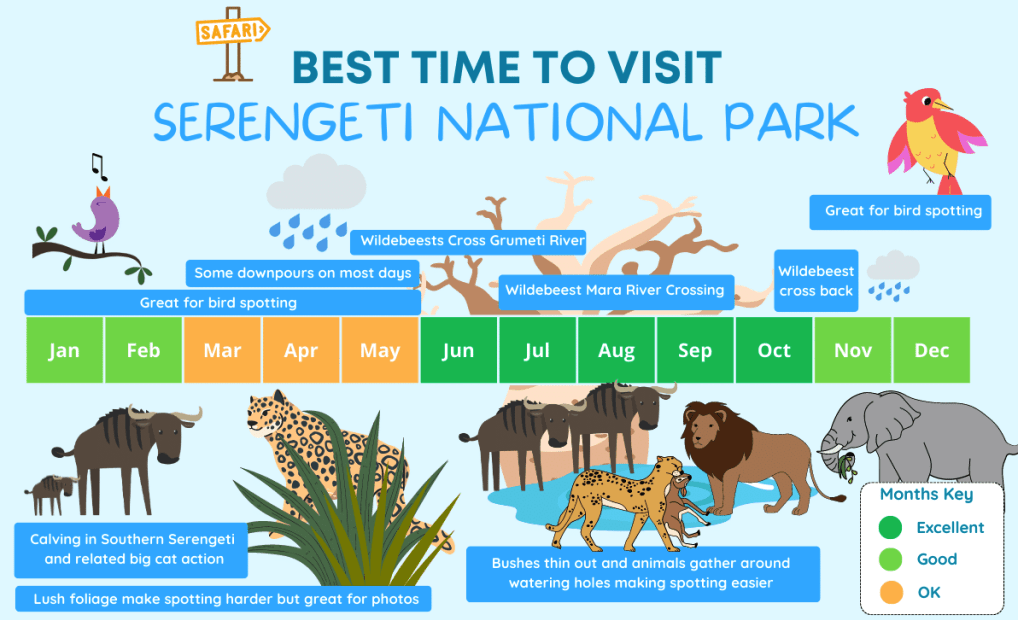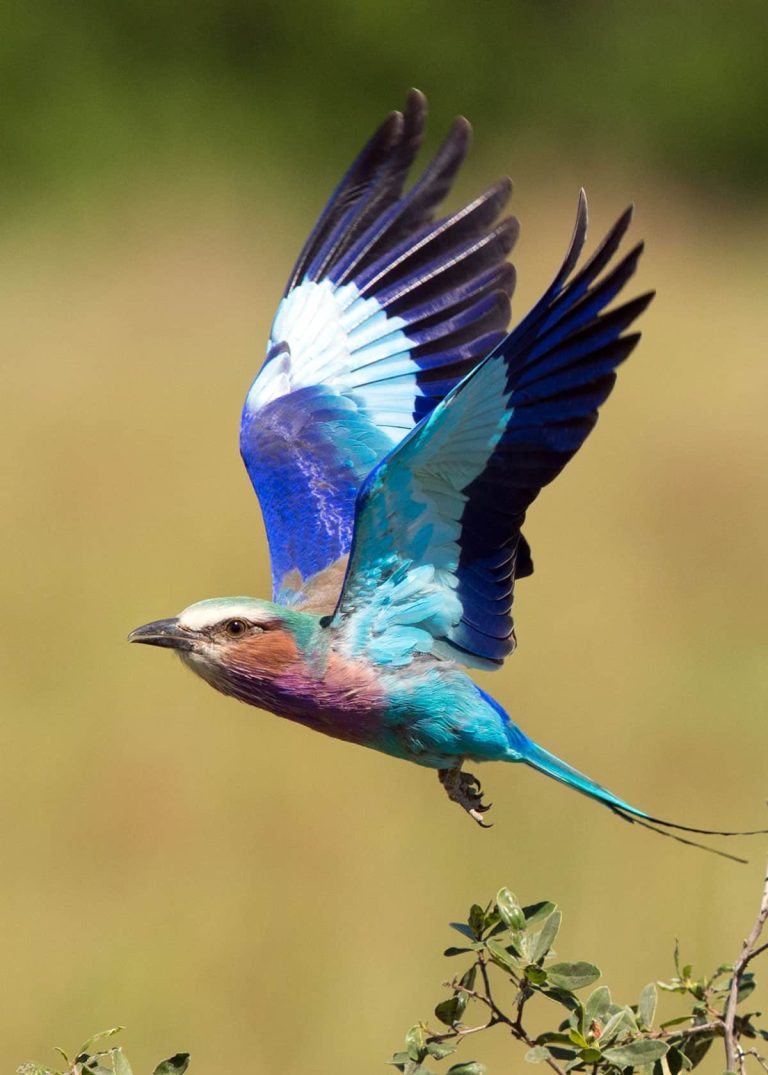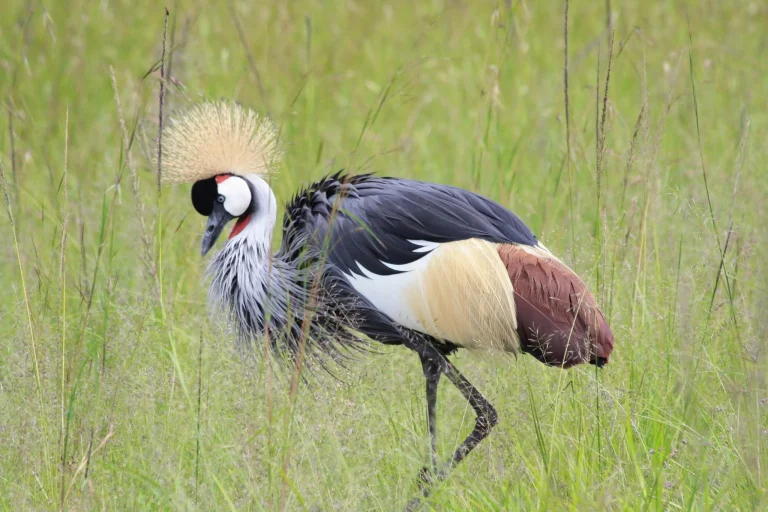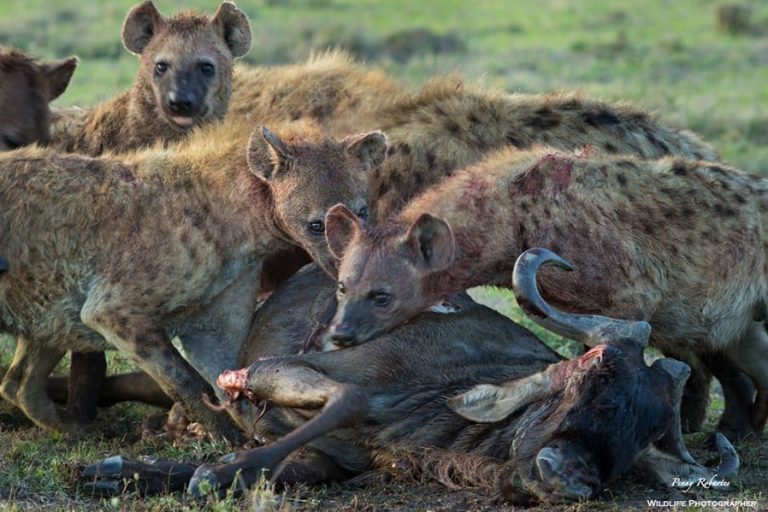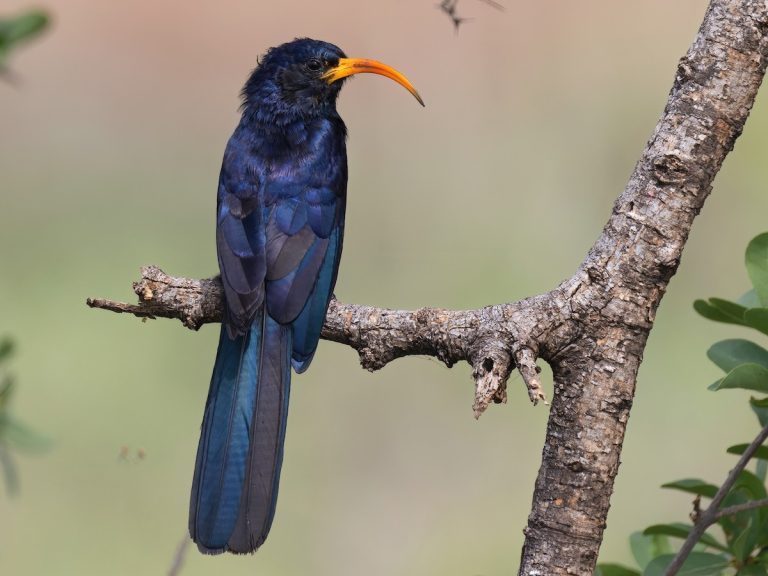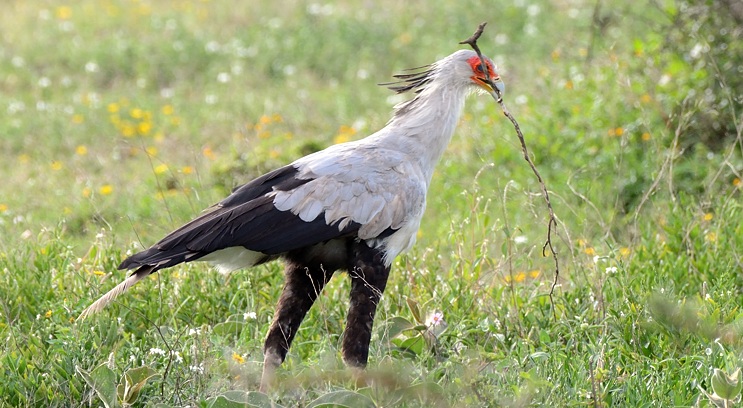The Serengeti is one of the most spectacular and dynamic ecosystems on Earth, but life here is anything but predictable. While many travelers envision golden plains bathed in endless sunshine, the Serengeti experiences dramatic weather extremes, ranging from scorching droughts to torrential floods and violent storms. These shifts pose constant challenges for wildlife, yet the animals of the Serengeti have evolved remarkable adaptations to survive and thrive in these unpredictable conditions.
1. The Cycle of Seasons: A Land of Extremes
The Serengeti’s climate is defined by two main seasons:
- The Dry Season (June to October): Characterized by little to no rainfall, dusty landscapes, and dwindling water sources.
- The Wet Season (November to May): Marked by heavy rains, lush vegetation, and seasonal flooding.
These fluctuations shape the behavior and survival strategies of the region’s diverse wildlife, forcing them to develop unique coping mechanisms.
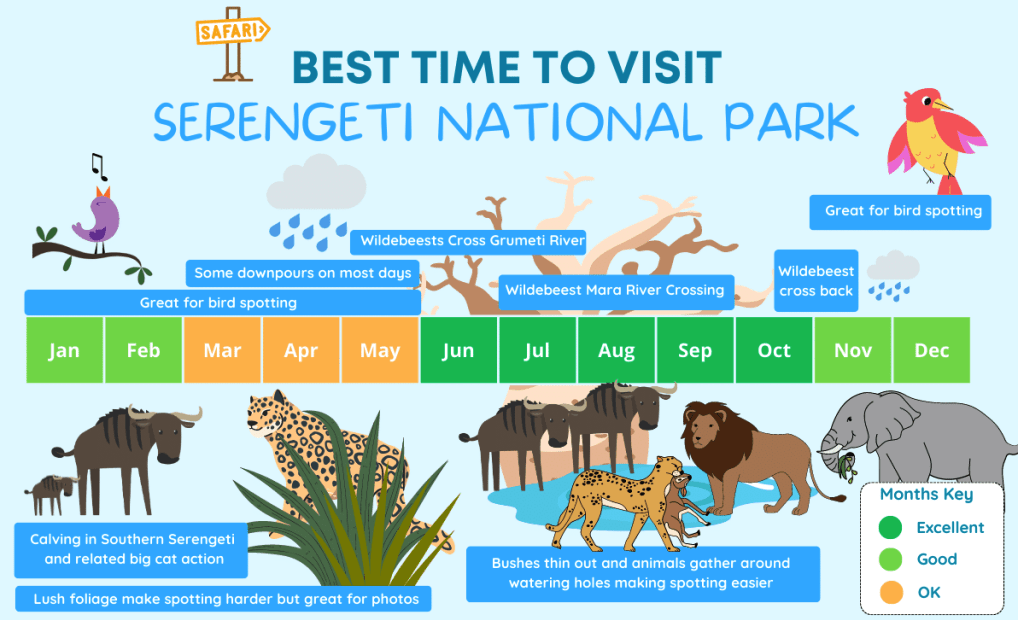
2. Surviving the Drought: Strategies for Endurance
Droughts in the Serengeti can last for months, pushing animals to their limits. Water becomes scarce, food supplies dwindle, and only the most resilient creatures endure.
2.1. Migration: The Great Escape
One of the Serengeti’s most famous survival strategies is the Great Migration, where over 1.5 million wildebeests, along with zebras and gazelles, travel up to 800 km (500 miles) in search of water and fresh grazing land.
- Wildebeests can smell rain from miles away and adjust their movement accordingly.
- Zebras eat dry, fibrous grass, leaving the softer, nutrient-rich plants for wildebeests, which follow behind.
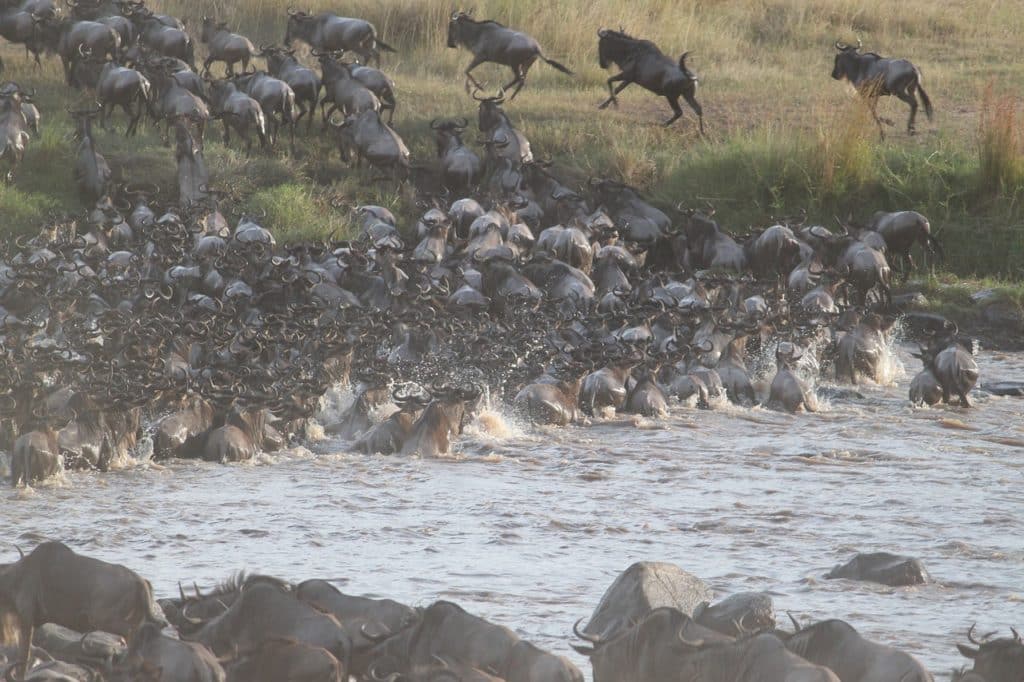
2.2. Water Conservation Tactics
Animals that cannot migrate have developed water-saving adaptations:
- Giraffes extract moisture from leaves, allowing them to survive without drinking for weeks.
- Dik-diks, small antelopes, produce highly concentrated urine to conserve water.
- Lions and leopards become nocturnal, avoiding the scorching sun and reducing water loss.
2.3. Burrowing and Nocturnal Behavior
Some species take refuge underground:
- Warthogs retreat into burrows to escape the heat and limit water loss.
- Aardvarks spend their days in cool burrows, emerging only at night to feed.
3. Surviving the Floods: Adapting to Sudden Inundation
While droughts parch the land, the Serengeti’s wet season brings torrential rains that transform the landscape into a verdant paradise. However, these rains can also cause deadly floods, washing away nests, drowning animals, and altering river courses.
3.1. High Ground Refuge
Many species instinctively seek higher ground during heavy rains:
- Elephants lead their herds to elevated areas where flooding is minimal.
- Lions and cheetahs move to rocky outcrops or termite mounds to avoid waterlogged plains.
3.2. Amphibious Adaptations
Some animals thrive in flooded conditions:
- Hippos, though land-dwelling at night, spend most of their time in water to escape predators and heat.
- Crocodiles take advantage of swollen rivers to hunt weakened or displaced prey.
3.3. Nesting and Reproductive Adjustments
Birds time their nesting seasons carefully to avoid extreme floods:
- Weaver birds build nests in trees well above flood levels.
- Flamingos nest in shallow alkaline lakes, which expand during the wet season, reducing predation risks.
4. Storm Resilience: Braving Nature’s Fury
Severe storms with strong winds, lightning, and hail strike the Serengeti during the wet season. These storms can be life-threatening, but wildlife has evolved ways to cope.
4.1. Herd Protection and Group Survival
Many species rely on strength in numbers to weather storms:
- Buffaloes and wildebeests huddle together, using body heat to protect weaker members.
- Flamingos form large groups in the middle of shallow waters to reduce wind impact.
4.2. Lightning Avoidance and Shelter Seeking
- Elephants sense atmospheric changes and move to lower areas or under tree cover before a storm strikes.
- Leopards and cheetahs take refuge in dense vegetation or rocky caves.
- Giraffes, due to their height, instinctively avoid open spaces during storms.
4.3. Rapid Recovery Mechanisms
Some species benefit from the post-storm environment:
- Hyenas scavenge fallen trees for displaced birds and small mammals.
- Insects, like termites and beetles, thrive in the moisture, providing abundant food for birds and mammals.
5. Climate Change: The Future of Serengeti Weather Extremes
Climate change is intensifying the Serengeti’s weather patterns, making droughts harsher and floods more unpredictable. Scientists have observed:
- Longer drought periods, affecting migration patterns and water availability.
- More intense storms, increasing risks for young and injured animals.
- Changes in vegetation, altering food supplies for herbivores and indirectly impacting predators.
To help mitigate these effects, conservationists are:
- Restoring natural water sources by protecting wetlands.
- Implementing anti-poaching measures to maintain balanced predator-prey relationships.
- Researching climate-resistant plant species to ensure food availability.
Final Thoughts: The Resilience of the Serengeti
The Serengeti’s wildlife has spent thousands of years adapting to the harshest of conditions, proving that survival is not just about strength but about resilience, intelligence, and cooperation. From wildebeests outrunning droughts to elephants sensing storms, these creatures embody the essence of adaptation.
For travelers, witnessing these survival strategies firsthand is a reminder of nature’s incredible ability to endure. Whether it’s a leopard seeking shelter before a storm or a giraffe sipping moisture from leaves in a drought, every moment in the Serengeti tells a story of resilience.

